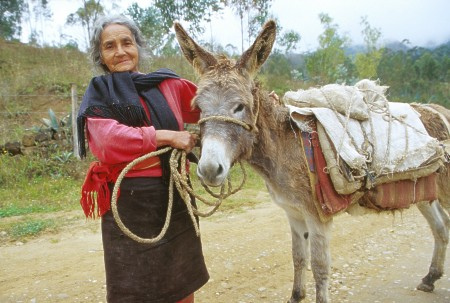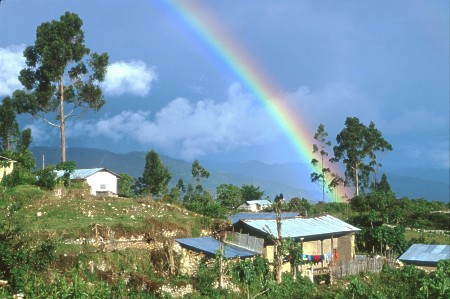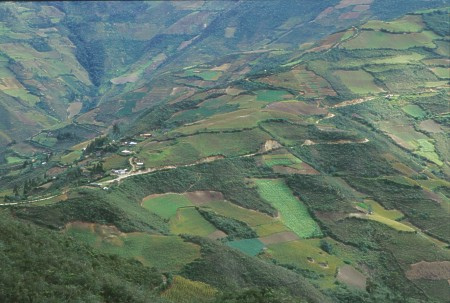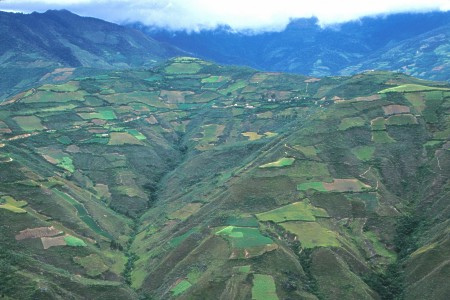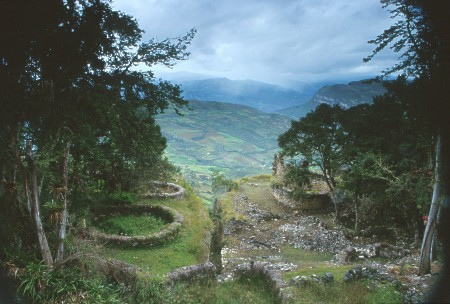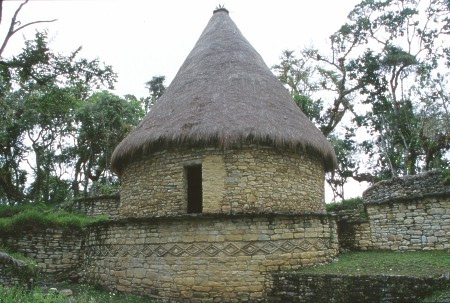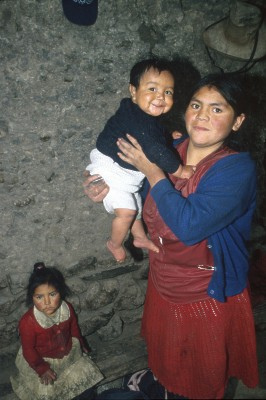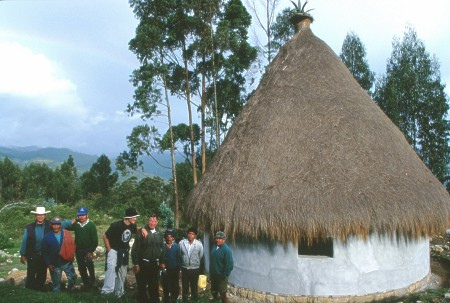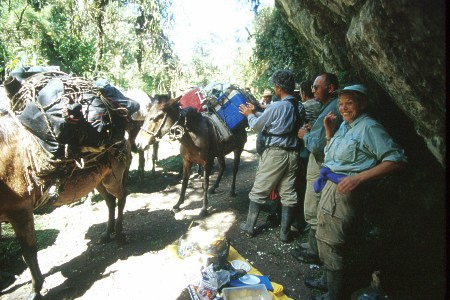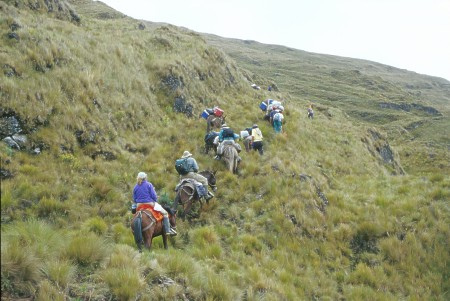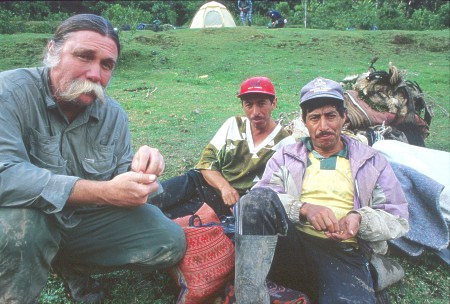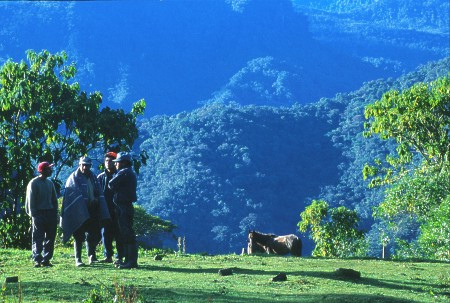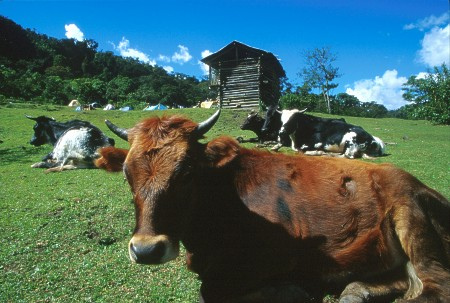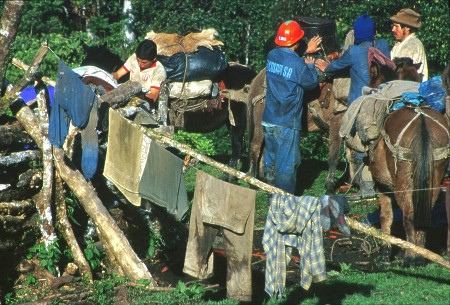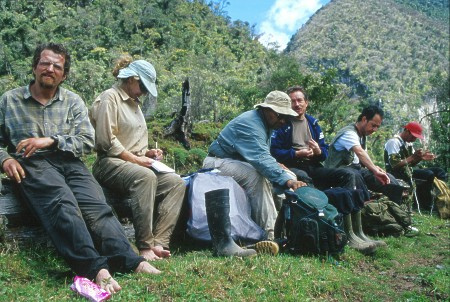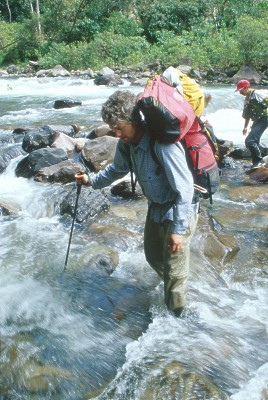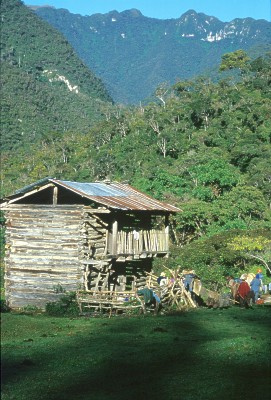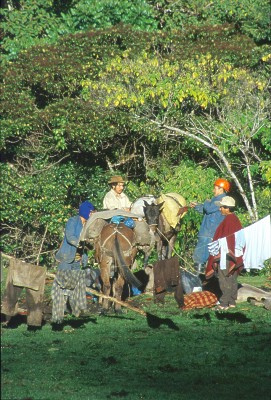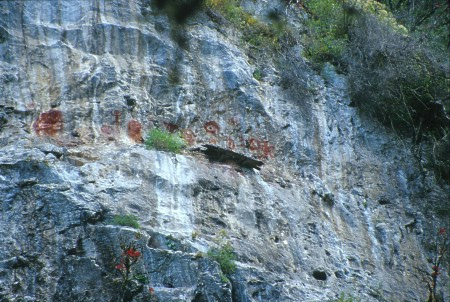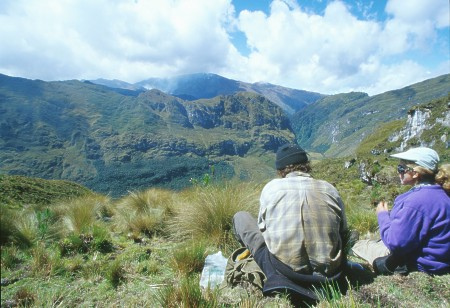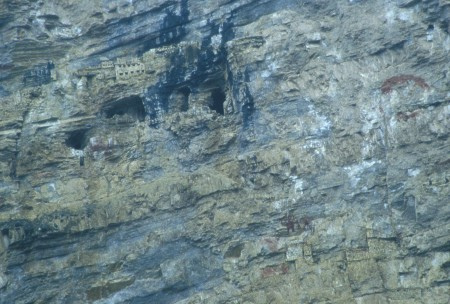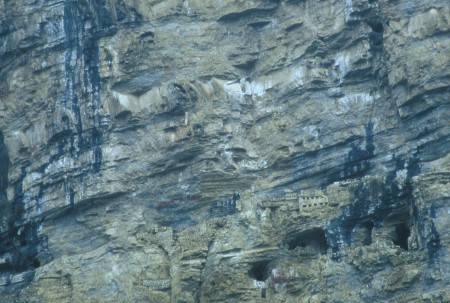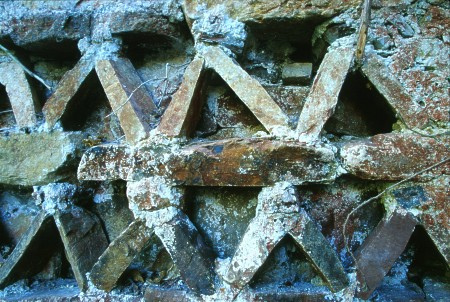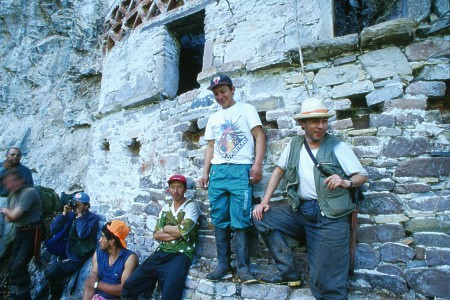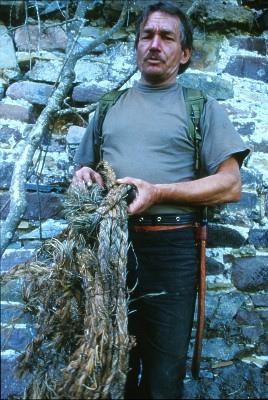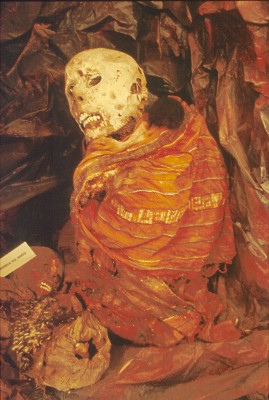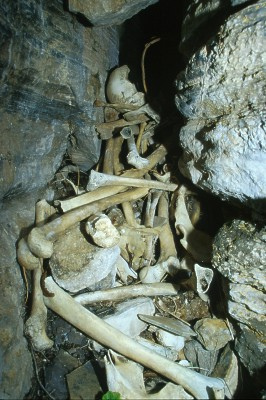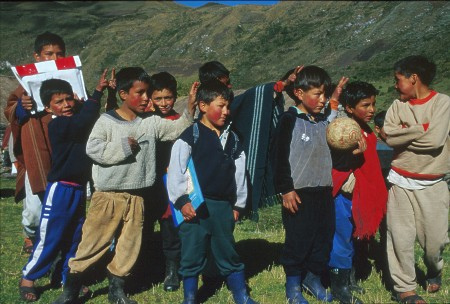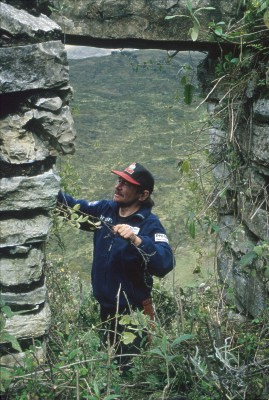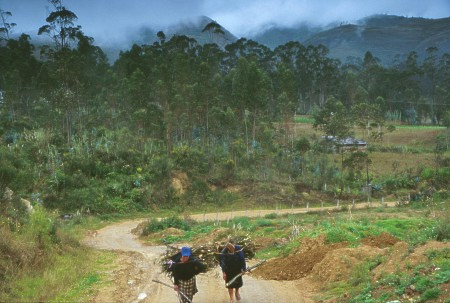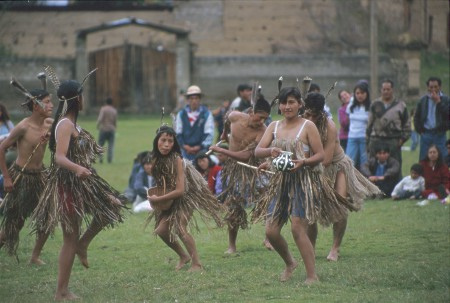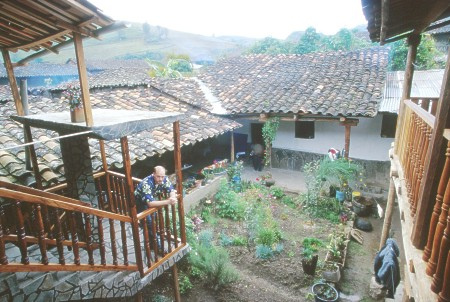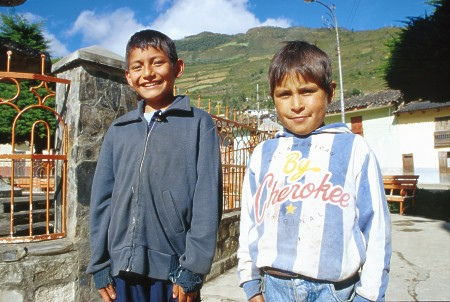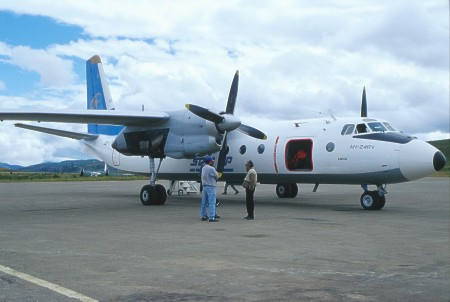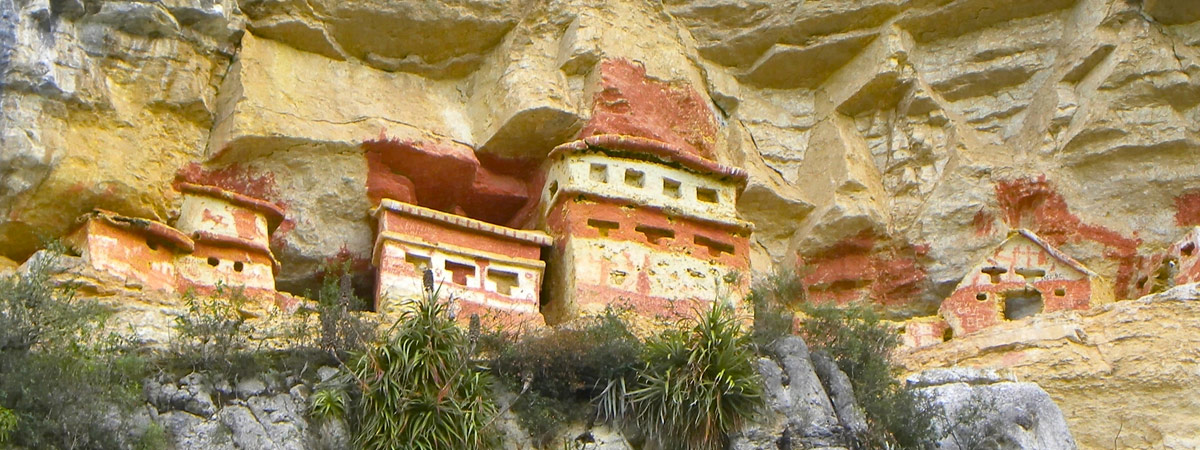
Discovering Archaeological Treasures in Peru
The images below are from a 1999 expedition into the remote Chachapoyas region of northern Peru. The trip arose from my interest in Latin American history and archaeology which developed while preparing material for the Amazon Adventure schools project. The Chachapoya (Cloud People) lived in the cloud forests of the Andes, bordering on the Amazon rainforest. Although conquered by the Inca, they were fiercely independent - mounting several large rebellions. They were one of the subjugated tribes which aligned themselves with the Spaniards - providing much of the manpower and local knowledge leading to the final defeat of the Inca Empire. Sadly, they fared even worse under the Spaniards - becoming extinct through slavery, forced relocation, and introduced disease. Their remote strongholds were de-populated and returned to forest.
In the 1970s, an unconventional American explorer called Gene Savoy travelled through the area - uncovering ruins such as Gran Vilaya and Gran Pajatén. Although it was a significant achievement, Savoy lost credibility based on fantastical claims, including that the Chachapoya were descended from Vikings. He found glyphs which appeared to be Scandinavian longboats, and cited conquistadors' claims that the Chachapoya were a fair people. Additionally, there had been reports of blond blue-eyed children inhabiting the area in more recent years. Although stories of wayward vikings settling in South America seem appealing, they've never been proven and seem increasingly unlikely. Through the 1980s and 90s, the region was closed by the military having become a stronghold of the Túpac Amaru Revolutionary Movement (MRTA). A remarkable discovery was made in 1997, at a location called Laguna de los Condores (Lake of the Condors). Unfortunately, archaeologists only became aware of it when a large number of artefacts suddenly flooded the local black market. Investigations traced them back to a remote cliffside ruin overlooking the lake - and a cache of about 200 mummies. The sheltered cliffside provided a dry microclimate protecting the mummies from the humidity of the nearby rainforest … at least until the looters and their machetes arrived. By the time the archaeological rescue team arrived, the site was strewn with vandalised mummy bundles unceremoniously hacked open with machetes in the hope of finding riches. A major operation was then made to evacuate the remaining mummies to a hastily arranged facility in the nearby town of Leimebamba. In 1999, I joined a trip with archaeologist Dr Peter Lerche to learn more about the region's history. Tombs that we located during this expedition were subsequently revisited by Peter, and took the September 2000 cover of National Geographic. My own story and photos about the trip were published in Destinations travel magazine back in New Zealand.
For another interesting take on the "frontier" nature of this region check this Peruvian Gothic article from Outside magazine. Keith Muscutt's Warriors of the Clouds is another great reference if you can find it.
Banner image: Shutterstock/Yolka
